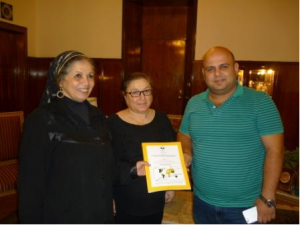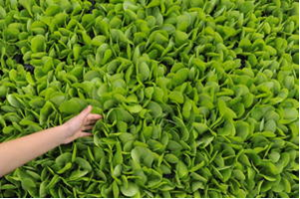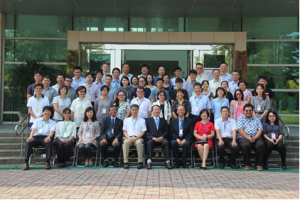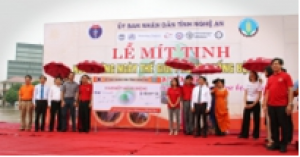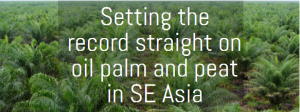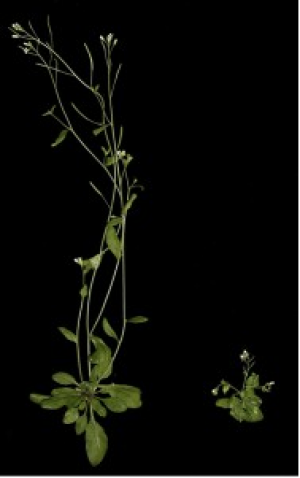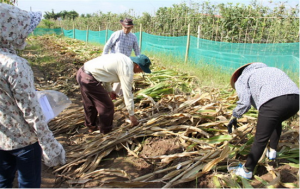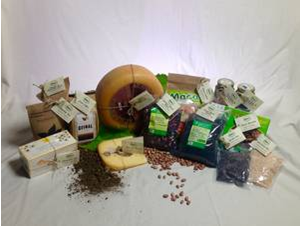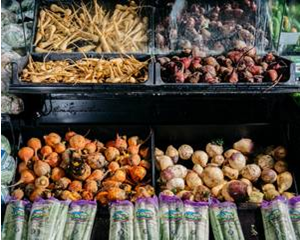|
Chemists Create Artificial Photosynthesis 10 Times More Efficient than Existing Systems
Monday, 2022/11/21 | 08:31:45
|
|
A study from six chemists at the University of Chicago shows an innovative new system for artificial photosynthesis that is more productive than previous artificial systems by an order of magnitude. Above is an artistic illustration of the process illustrated by Peter Allen.
A study conducted by six chemists at the University of Chicago shows an innovative new system for artificial photosynthesis that is more productive than previous artificial systems. Unlike regular photosynthesis, which produces carbohydrates from carbon dioxide and water, artificial photosynthesis could produce ethanol, methane, or other fuels.
Natural photosynthesis is built to produce carbohydrates, which fuel plants, animals, and humans, but not cars, which need much more concentrated energy. So researchers looking to create alternatives to fossil fuels have to re-engineer the process to create more energy-dense fuels, such as ethanol or methane. Chemist Wenbin Lin and his team thought that they might try adding something that artificial photosynthesis systems to date haven't included: amino acids.
The team started with a material called a metal-organic framework (MOF), a class of compounds made up of metal ions held together by organic linking molecules. They then designed the MOFs as a single layer to provide the maximum surface area for chemical reactions, and submerged everything in a solution that included a cobalt compound to ferry electrons around. Finally, they added amino acids to the MOFs and experimented to find out which worked best. The research team was able to improve both halves of the reaction, which include the process that breaks apart water and the one that adds electrons and protons to carbon dioxide. In both cases, the amino acids helped the reaction go more efficiently.
For more details, read the article in UChicago News. https://www.isaaa.org/kc/cropbiotechupdate/article/default.asp?ID=19879
|
|
|
|
[ Other News ]___________________________________________________
|

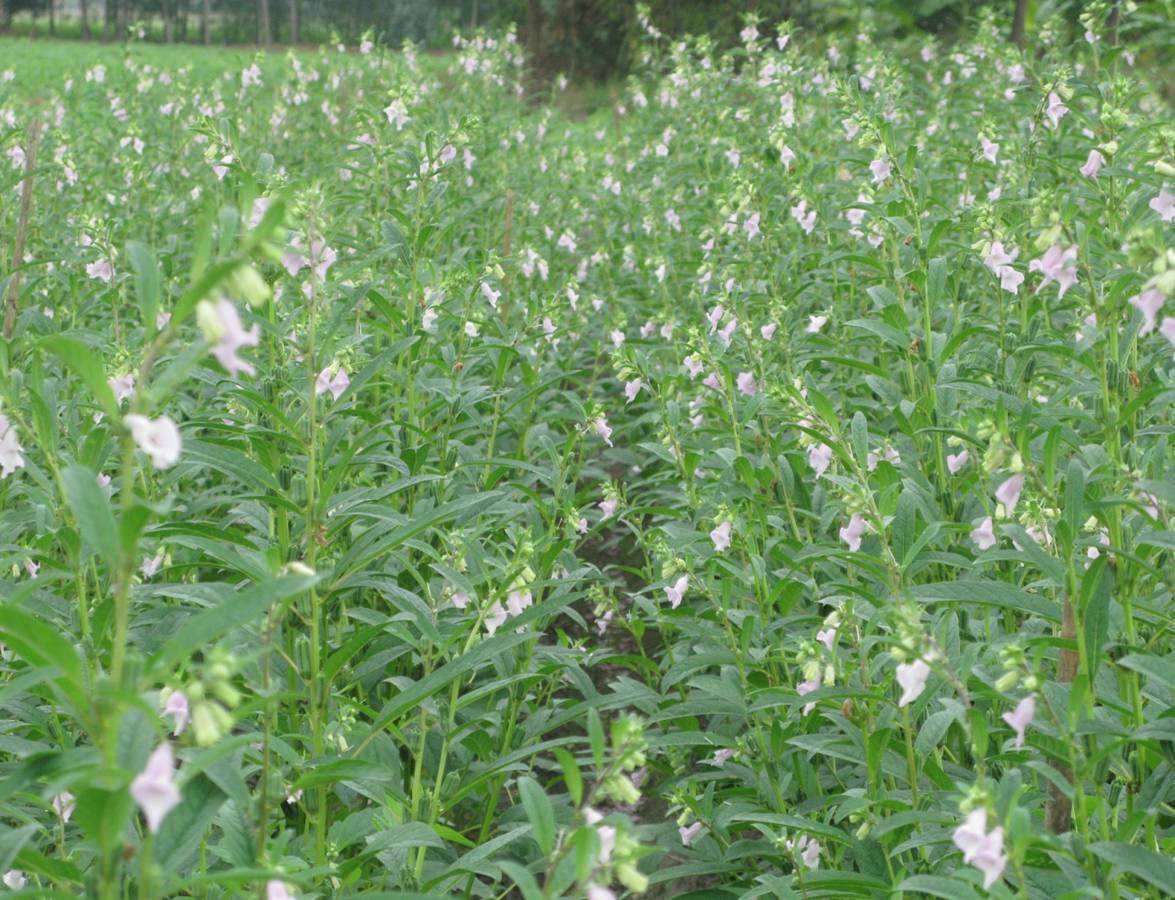
 Curently online :
Curently online :
 Total visitors :
Total visitors :
